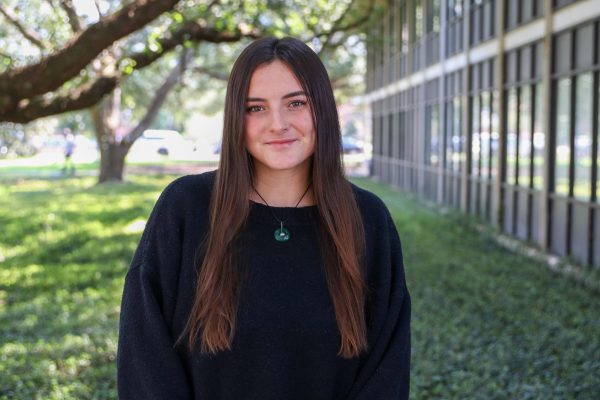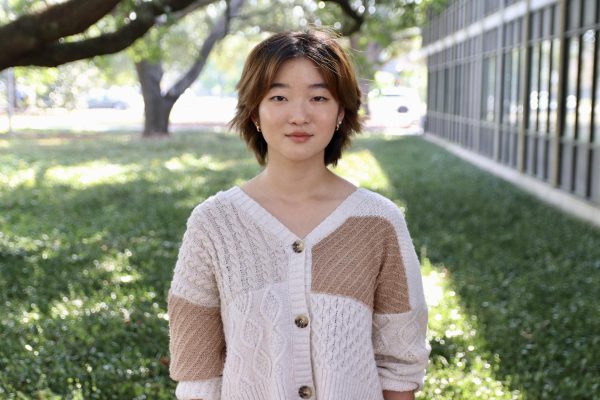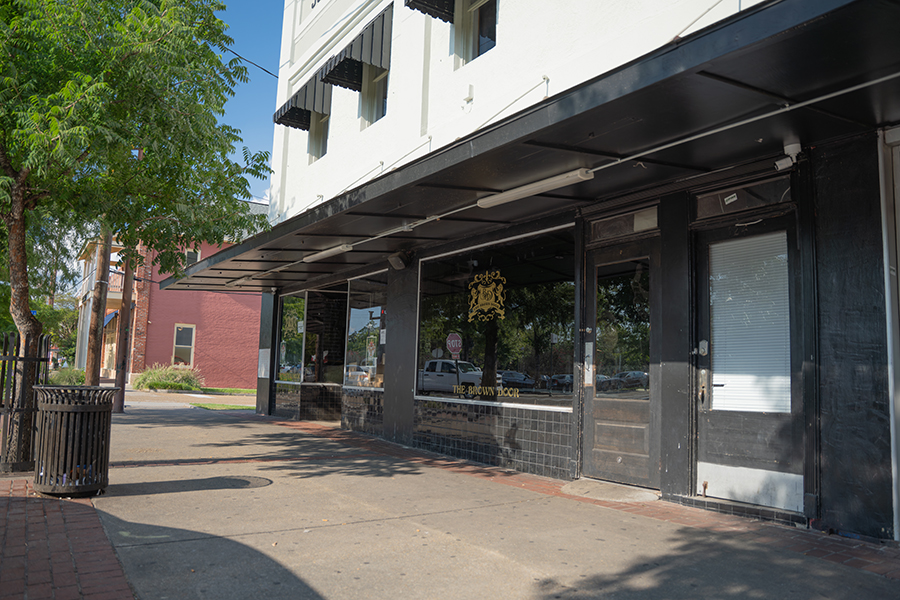The world as we knew it was forever changed when the outbreak of COVID-19 arose and spread across the world. With over 774 million reported cases and over 7 million reported deaths since COVID-19 was announced as a global pandemic in March 2020, people are still trying to figure out ways to cope and keep themselves safe.
Four years later, we are still grappling with the idea of COVID-19’s potential end and finding the balance between staying safe and returning to daily life and activities.
“A pandemic is essentially a global epidemic. COVID-19 ended up being easily transmissible and spread around the world, so we got a pandemic,” Department Head and Professor of Biological Sciences Dr. Justin Anderson said.
The CDC announced and implemented a number of strict guidelines and regulations in response to the severity of COVID-19. Mandatory mask-wearing, social distancing and more were all ingrained in the world’s lifestyle. New developments in medicine and technology have allowed us to progress from these guidelines, but not completely.
“The best way to stay safe is vaccinations now, they get updated periodically and reduce the severity of disease,” Anderson said.
However, as the uncertainty lingers over the world, are we at the end of the pandemic phase of COVID-19 and entering an endemic?
“The CDC thinks yes, but there’s a lot of arguments against it. This argument is not scientific and there isn’t enough research to suggest that we are in an endemic phase. I think the other thing is they fear that if we think endemic, everyone will relax and that we are out of the danger zone. There’s a very strong opinion we are not there yet,” Assistant Professor of Health Systems Management Dr. Florida Uzoauru said.
Although COVID-19 is not posing as much of a threat to society as it was a few years ago, people are still getting sick. It is important to continue to take precautions, whether for the safety of yourself, others or even the unknown effects of long COVID-19.
”My roommate just came out of COVID-19 two weeks ago, she was still very ill. I feel like it’s probably not as deadly now that we know what we’re up against, but it’s definitely still a threat,” said junior accounting major J’Nyla Jackson.
Some ways to continue to stay safe are wearing masks when possible, social distancing for large unknown group gatherings, getting tested and ultimately staying up to date on all COVID-19 related vaccinations. Tangipahoa Parish is currently at a low community risk level for COVID-19 with only 6.9 weekly COVID-19 admissions per 100,000 people and 2.6% of COVID-19 patients taking up hospital beds.
For additional current information regarding COVID-19, refer to the World Health Organization (WHO), the Centers for Disease Control and Prevention (CDC) or the Tangipahoa Parish Health Unit.









